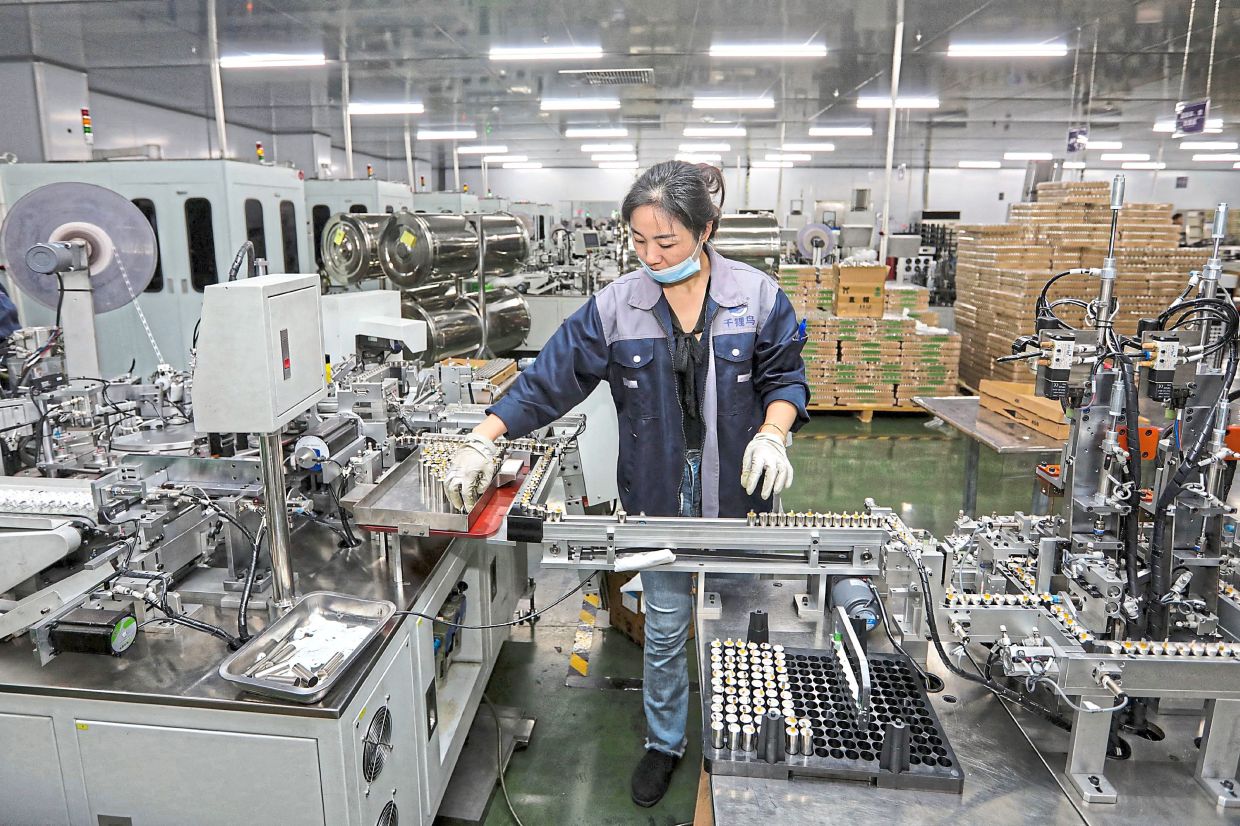
SEPANG: There’s no end in sight to the high airfares that are a mainstay of the world’s post-pandemic travel boom, according to Asia’s biggest low-cost carrier.
Travellers may see a little reprieve next year as jet fuel prices decline and the airline’s flight capacity rises, said AirAsia Aviation chief executive officer Bo Lingam, who will head a new listed entity called AirAsia Group following a merger between the company’s short and long-haul operations in September.
But strong demand means airfares are unlikely to return to pre-pandemic levels any time soon, he said.
“My load factor is around 90% – this was unheard of pre-Covid,” Lingam said in an interview at the company’s headquarters in Sepang.
The global aviation industry has been transformed as the post-pandemic reopening unleashed a wave of pent-up travel demand that’s sent ticket prices surging faster than inflation in many parts of the world.
At the same time, a series of supply chain constraints from aircraft delivery delays to unplanned engine maintenance has left many airlines struggling to roll out enough flights.
For AirAsia, the demand is underpinning ambitions to establish the world’s first low-cost carrier network by 2030, using its South-East Asia bases as a hub.
So far this year that’s seen it add flights to Almaty in Kazakhstan and the start of operations by its Cambodian unit. Next up will be to start flying to Nairobi, Kenya, from October.
Its further-afield routes will be serviced by Airbus SE’s new long-range A321 models, which can fly further at an economical cost.
Lingam said the company intends to convert its entire 377-plane order book to the A321 LR models and has made a separate order for 50 XLR models.
“The cost of operating the aircraft is much cheaper – at least 25% to 30% cheaper – because it’s single aisle and you don’t need to worry about filling up 500 seats, as opposed to 240 seats,” Lingam said.
Lingam also said there will be “no changes” in the way AirAsia is run when founder Tony Fernandes moves to an advisory role following the merger and shifts his focus toward non-aviation businesses under Capital A Bhd .
.
While he hasn’t yet started his new role, Lingam, who has worked with Fernandes for more than three decades, said he’s already looking at his own succession plans.
He intends to transfer his know-how to his two deputy CEOs, Chester Voo and Farouk Kamal, over the next five years.
“I’m no spring chicken,” he said. — Bloomberg










































